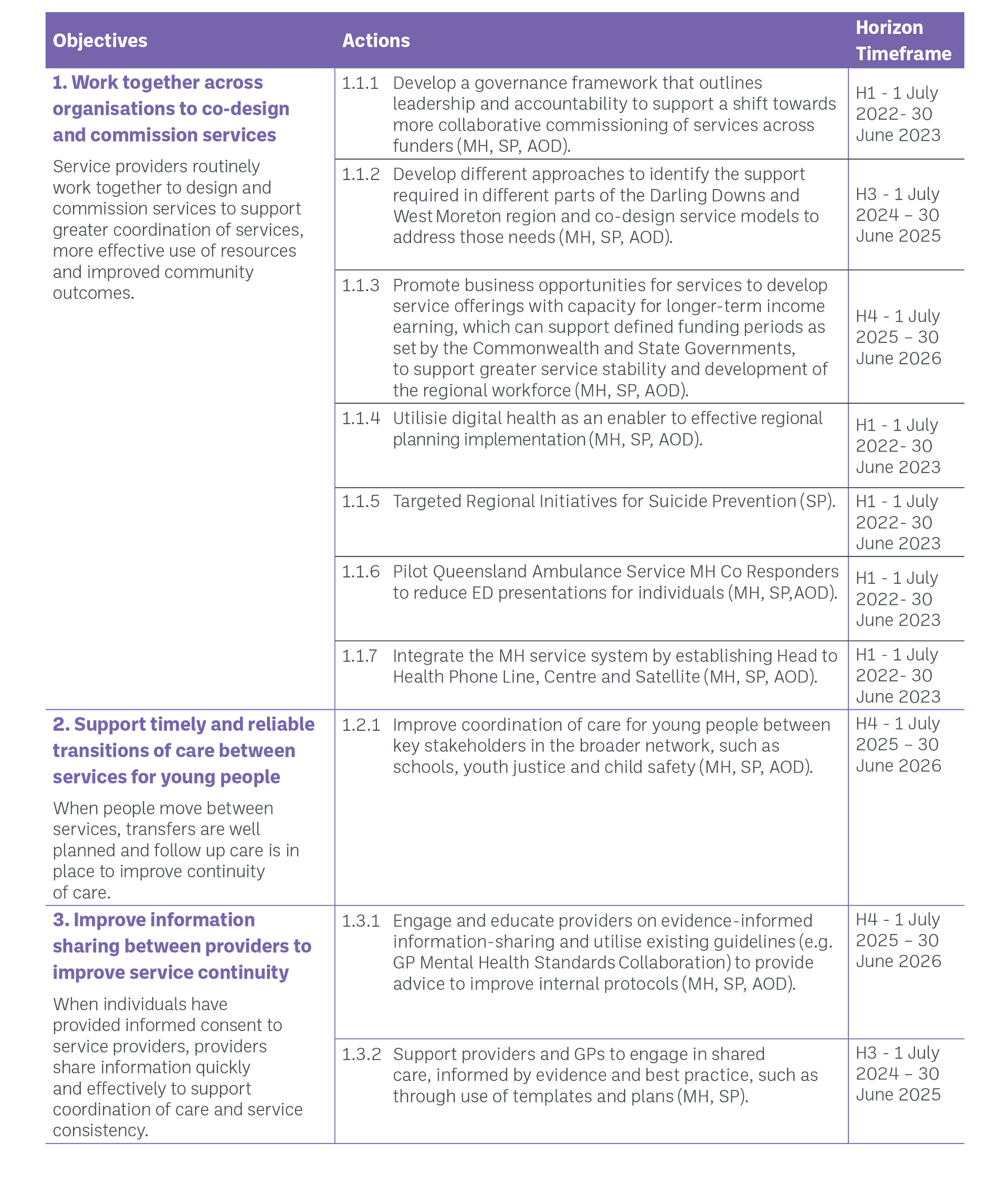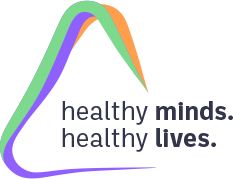FOCUS AREA 1
Integration and coordination
Bringing everything together
Overview
A system that is integrated and coordinated delivers the most effective experience and outcomes for individuals throughout their journeys. Continually striving to improve at working together across different funding and governance contexts will help reduce gaps and overlaps; smooth transitions for individuals between services; and improve information sharing between services where appropriate.
National and state level policies and strategies identify integrated regional planning and service delivery as key.
Core to this approach is to work with individuals and communities to understand their needs and co-design services.
What we heard
Individuals and providers are feeling the impacts of a lack of integration
Service providers and referrers indicated that although there are positive relationships across the region, there are barriers to working together effectively. Some of these challenges include a lack of awareness of services; limited time and resources for collaboration; and communication challenges.
There is limited shared understanding of how the system fits together
To integrate and coordinate across services, stakeholders need to understand how the system currently connects. Including what services exist, what needs they address, where they fit, and where there are gaps. Stakeholders currently lack a shared understanding of these things.
Lack of culturally safe services in the region
The lack of culturally safe services is a barrier to integration and coordination of services for Indigenous people. Stakeholders have indicated that mainstream services, including general practices, are highly variable in terms of their capability and approaches.






